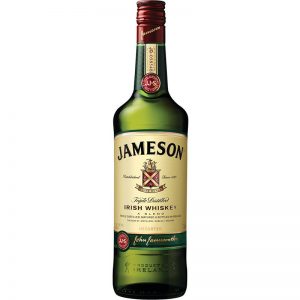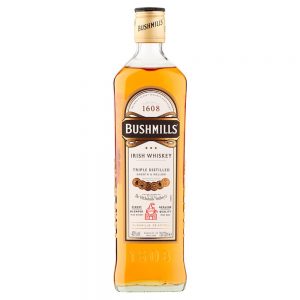Rogue Dead Guy Whiskey
Rogue Dead Guy Whiskey
40% ABV, 80 Proof
Around $40, Available in 30 States
What The Distillery Says:
Honoring unique rogues whose spirit lingers long past their mortal existence. Dead Guy Whiskey is distilled from the sweet wort of Rogue’s award-winning Dead Guy Ale. Distiller’s yeast is added and the sweet wort is fermented for 7 days then double distilled in a 150 gallon copper whiskey still and ocean aged in oak. 5 Ingredients: Munich, C-15, and 2-Row malts, distiller’s yeast, free range coastal water.
What Matt Says:
Nose: Sea foam, vegetal, almost like an Islay or a coastal Single Malt from Scotland
Palate: Viscous, briny (think Jura or Old Pulteney), spice w/ a slight burn. Warming.
Finish: Vegetal w/ a slight burn.
Comments: Dead Guy Ale is very malty with lots of dark berry notes to my nose & palate. My appreciation of the beer gave me high expectations for this whiskey. Unfortunately, I am having difficulty finding any of the “award-winning” qualities from the Ale in the Whiskey. Served at room temperature, Dead Guy Ale is really nice, with a great balance of fruit and malt (it loses a lot if it gets too cold). The whiskey is a little heavy on the brine which mutes the cereal and fruit in the wort. There is not a lot of depth here. Maybe they should go the Charbay route and throw in some hops. That being said, Rogue may have created one of the best boiler makers on the planet. When paired, the Dead Guys really shine. It’s like one of those perfect terroir tastings where things just come together and create an experience greater than the sum of its parts. Was that the intent? You will have to ask the guys at Rogue for that answer.
Rating: Slightly Below Average unless paired with a Dead Guy Ale.
What Richard Says:
Nose: Musty like old mildewing clothes with notes of vegetable matter and rancid grapes. It is not very appealing.
Palate: It tastes better than it smells. It has coastal notes similar to a roughened Jura or Old Pulteney. This isn’t terrible but it just doesn’t make me want to drink it straight.
Finish: This finishes a little rough around the edges but that isn’t surprising given the youth of the whiskey. The lingering notes are unfortunately a much more unpleasant version of the palate.
Comments: I didn’t get to try this with their beer to compare but I wouldn’t buy this myself. I applaud the effort of innovative micro distillers but definitely needs more work.
Rating: Probably Pass.
Overall Rating: Probably Pass.



